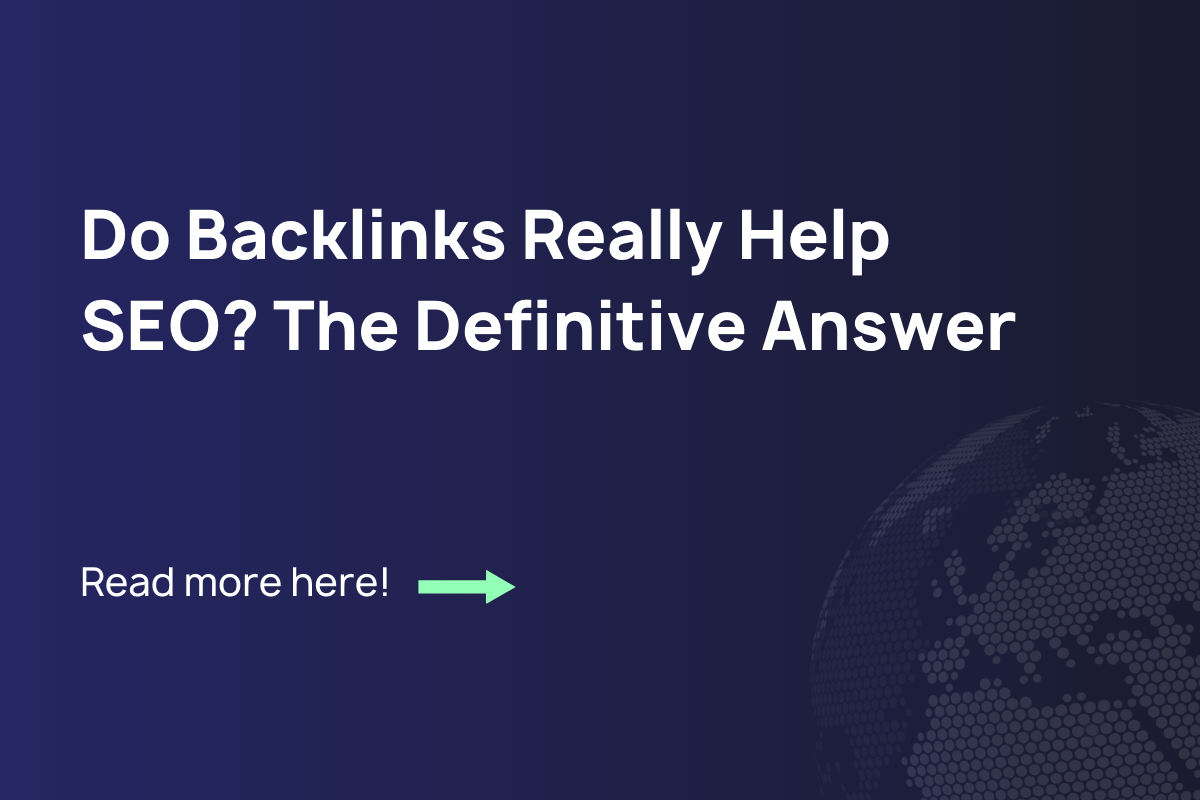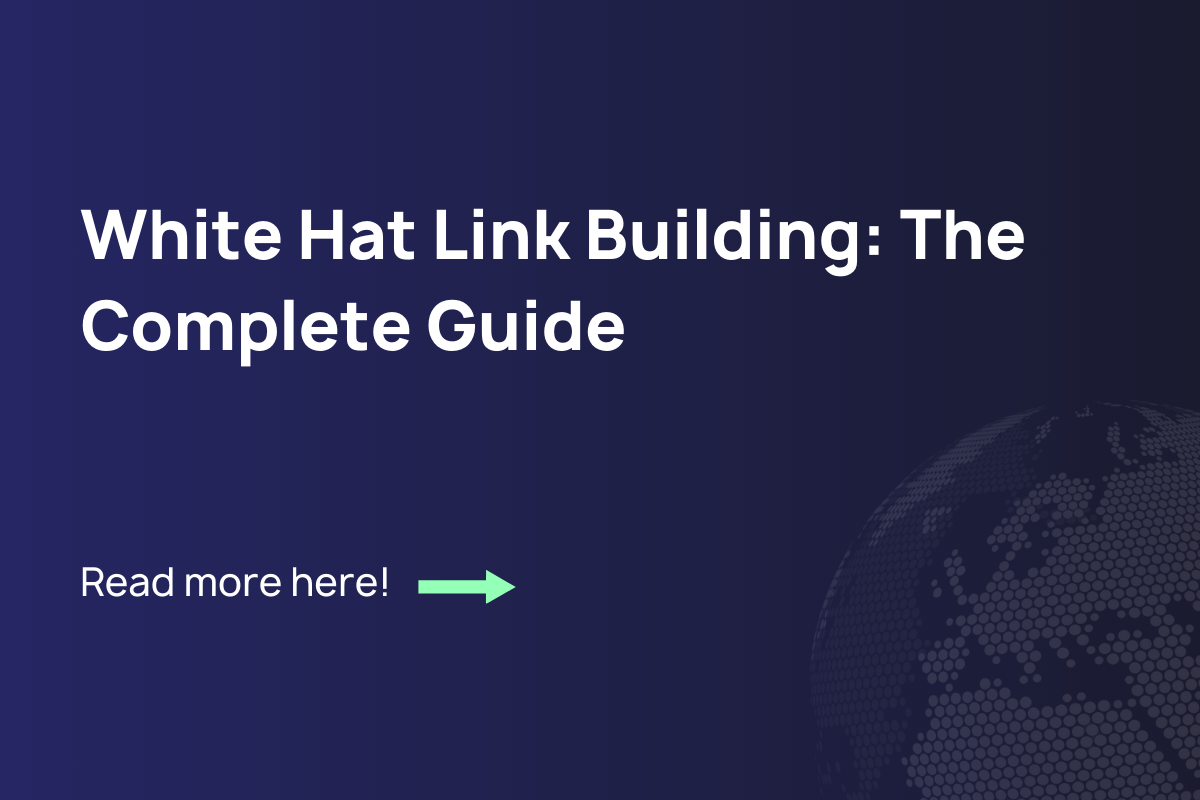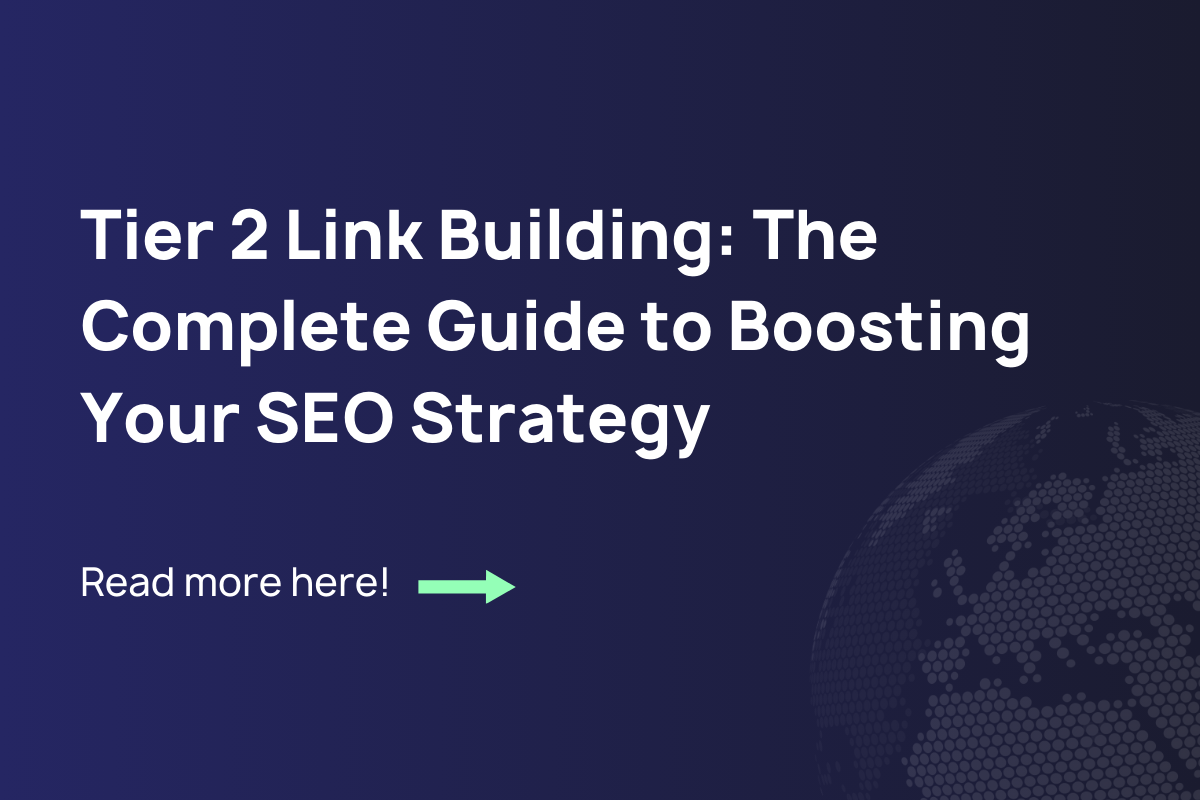Manual link building is the strategic process of personally securing backlinks to your website through direct outreach, relationship development, and content creation. Unlike automated methods, manual link building requires human effort and judgment to identify quality opportunities, personalize communications, and secure contextually relevant links that genuinely enhance your site’s authority.
The process typically involves researching potential linking websites in your niche, creating personalized outreach emails to site owners, developing high-value content worthy of linking, building genuine relationships with other website owners, and monitoring the quality of acquired links. This methodical approach ensures that each link you pursue has real value for your SEO strategy.
I’ve been building links manually for over a decade, and I can tell you that while the landscape has evolved dramatically, the fundamental principle remains unchanged: quality always trumps quantity. When I began my SEO journey in 2013, acquiring 100 mediocre links might have moved the needle. Today, a single perfectly placed link from a relevant authority site can outperform hundreds of low-quality backlinks.
Think of manual link building as crafting a network of roads leading to your digital property. Each quality link represents a well-maintained highway bringing valuable visitors directly to your doorstep, while poor-quality links are like treacherous dirt paths that few will travel.
Manual vs. Automated Link Building
The difference between manual and automated link building goes far beyond the obvious human versus machine distinction. It’s about intention, quality control, and long-term sustainability.
Manual link building embraces a personalized approach where each potential linking opportunity is carefully evaluated. You reach out with customized messages that demonstrate you’ve actually reviewed their content and have something valuable to offer in return. This approach builds genuine relationships that often lead to multiple linking opportunities over time.
Automated link building, by contrast, typically relies on software to mass-distribute generic requests or, worse, spam links across various platforms without consideration for relevance or quality. It’s the digital equivalent of throwing spaghetti at the wall and hoping something sticks.
What is automated link building?
Automated link building involves using software tools to create backlinks with minimal human intervention. These methods include mass comment submission on blogs, automatic directory submissions across hundreds of sites, link exchange networks that violate Google’s guidelines, and spinning articles for mass distribution across low-quality sites. Each of these approaches prioritizes quantity over quality, often with devastating consequences for your site’s rankings.
I once experimented with an automated link building tool that promised “500 backlinks in 24 hours.” The result? A Google penalty that took months to recover from. That painful lesson taught me that cutting corners in link building almost always leads to long-term damage.
What Is a Google Penalty?
Google penalties are algorithmic or manual actions taken against websites that violate Google’s Webmaster Guidelines. These penalties can dramatically reduce your search visibility or remove your site from search results entirely.
- Algorithmic penalties occur automatically when Google’s systems detect violations
- Manual penalties happen when a Google reviewer identifies specific issues with your site
Link-related penalties often result from:
- Participating in link schemes or buying links
- Excessive exact-match anchor text
- Links from irrelevant or spammy websites
- Sudden, unnatural growth in your link profile
The recovery process from a Google penalty can be arduous, often requiring extensive link auditing, disavowing toxic links, and rebuilding your link profile from scratch. I’ve helped clients recover from penalties, and the universal reaction is always: “I wish I’d just done it right the first time.”
Is manual link building still worth it?
Absolutely. Despite claims that “link building is dead” (a statement recycled annually since at least 2012), quality backlinks remain one of Google’s top ranking factors. What has changed is the level of sophistication required to build links that positively impact rankings.
Manual link building continues to deliver significant ROI because Google’s algorithms increasingly value quality over quantity, with relevant, editorially-given links providing strong ranking signals. The relationships built during outreach often lead to additional opportunities beyond the initial link, creating a compounding effect. Furthermore, manual links tend to be contextually placed within relevant content, which significantly enhances their value to both users and search engines.
I recently worked with a SaaS client who had invested heavily in content but saw minimal traffic growth. After implementing a targeted manual link building campaign focused on securing links from industry publications, their organic traffic increased by 143% within four months. This dramatic improvement came from just 23 high-quality links – proof that strategic manual link building remains incredibly powerful, whether you handle it in-house or through a link building company with expertise in your industry.
What Are Good Links?
Good links share several key characteristics that distinguish them from low-quality backlinks:
- Relevance: They come from sites within your industry or addressing related topics
- Authority: The linking site has established credibility with both users and search engines
- Editorial value: Links are placed naturally within content, not in footers or sidebars
- Traffic potential: The linking page receives organic traffic that could flow to your site
- Contextual placement: Links appear within relevant content, surrounded by related text
The most valuable links are those that would remain beneficial even if Google didn’t use links as a ranking factor. These are links that actually send qualified traffic to your site and help establish your brand as an authority in your space.
Essential Manual Link Building Techniques
The most effective manual link building strategies balance effort with potential impact. Based on data from our campaigns across industries, these techniques consistently deliver the strongest results.
Building relationships
At its core, link building is relationship building. Developing genuine connections with other content creators, bloggers, and industry leaders creates a foundation for natural link acquisition.
Start by identifying key players in your niche:
- Industry bloggers and content creators
- Journalists covering your sector
- Podcast hosts and video creators
- Social media influencers with engaged audiences
Rather than immediately asking for links, focus on providing value first. This means sharing and commenting thoughtfully on their content, offering genuine expertise when they have questions, introducing them to valuable contacts in your network, and mentioning them in your own content where relevant. Building this foundation of trust creates opportunities for natural link acquisition later.
I’ve found that this long-term approach yields far better results than transactional outreach. One relationship I cultivated with a major industry blogger over six months eventually resulted in 12 natural backlinks as they began regularly referencing our resources.
Remember that relationships require maintenance. Create a system to stay in touch with your key contacts through regular check-ins, content sharing, and occasional collaborations.
Writing testimonials
Writing genuine testimonials for products and services you use is one of the simplest yet most overlooked link building strategies. Many companies proudly showcase customer testimonials on their websites, often with a link back to the customer’s site.
To make this technique effective, focus on products you genuinely use and appreciate. Be specific about how the product or service has helped you and include quantifiable results where possible. Make your testimonial unique and quotable, and always include your full name, company, and position to increase the chances of receiving attribution with a link.
What makes testimonials so effective is their authentic nature. You’re not asking for a link – you’re providing value to the company by sharing your positive experience, and the link comes as a natural byproduct.
I recently wrote testimonials for five software tools we use regularly, and four resulted in backlinks from high-authority domains. Total time invested: less than two hours.
Guest blogging
Despite being declared “dead” multiple times over the years, guest blogging remains one of the most effective manual link building strategies when done correctly. The key is focusing on quality over quantity and providing genuine value to the host site’s audience.
Guest blogging offers numerous benefits beyond just link acquisition. It helps build your authority and personal brand, reaches new and relevant audiences, creates opportunities for contextual backlinks, and develops relationships with site owners and editors that can lead to ongoing collaboration. When approached strategically, a single guest post can generate value far beyond the immediate backlink.
When I first started guest blogging, I made the common mistake of prioritizing any opportunity to place a link. My posts were mediocre at best. Today, I approach each guest post as if I’m writing for my own site, delivering the absolute best content I can create. This shift in mindset has opened doors to publications that once seemed unreachable.
Top Tips for Guest Blogging 👈
- Research the target site thoroughly before pitching. Read multiple articles to understand their style, topics, and audience.
- Personalize your pitch with specific references to the site’s content and how your proposed topic fills a gap.
- Develop unique angles that haven’t been covered extensively on the target site or across the web.
- Follow guidelines meticulously – nothing frustrates editors more than pitches that ignore their stated requirements.
- Deliver more than promised in terms of content quality, research, and supporting visuals.
- Promote your guest post once published, driving additional traffic to your host’s site.
- Respond to comments on your guest post to demonstrate engagement and appreciation.
My most successful guest posts have always been those where I provided unique insights backed by personal experience or original research. These posts not only secured valuable backlinks but continued to drive referral traffic for years after publication.
Networking with influencers
Influencer networking extends beyond social media personalities to include anyone with significant influence in your industry. This includes thought leaders, podcast hosts, webinar presenters, and prominent bloggers.
Effective influencer networking requires a strategic approach that begins with creating a tiered list of influencers categorized by influence level and relevance to your niche. Follow their content across multiple platforms to develop a genuine understanding of their interests and perspectives. Engage meaningfully with their content before making any requests, focusing on adding value to conversations rather than immediately seeking benefits. Look for collaboration opportunities that serve both parties’ interests, creating a foundation for a mutually beneficial relationship.
One particularly effective technique is to feature influencers in your content through expert roundups, interviews, or case studies. This creates natural opportunities for them to share and link to your content.
I once created an industry report featuring insights from 17 experts. Not only did 14 of them share the report with their audiences, but 11 eventually linked to it from their own websites. The key was creating content valuable enough that they wanted to be associated with it.
High-quality press releases
While traditional press releases distributed through wire services rarely result in valuable links, strategic press releases sent directly to relevant journalists can be highly effective.
The modern approach to press releases for link building has evolved significantly from the mass distribution methods of the past. Today, successful press release strategies focus on creating genuinely newsworthy announcements about product launches, significant research findings, or notable partnerships. They develop unique angles relevant to specific publications rather than using one-size-fits-all messaging. Building relationships with journalists before sending releases increases the likelihood of coverage, as does including visual assets and data that make the journalist’s job easier by providing ready-to-use material.
A client in the renewable energy sector used this approach for a major research report, securing coverage in 7 industry publications with followed links to their research. The campaign generated not only valuable backlinks but also positioned them as thought leaders in their space.
The secret to success with press releases lies in answering the journalist’s primary question: “Why would my audience care about this?” If you can’t provide a compelling answer, your release is unlikely to generate links.
Wrapping up on Manual Link Building
Manual link building remains a fundamental component of successful SEO strategies in 2025, despite the changing landscape and increasing sophistication of search algorithms. By focusing on quality over quantity and adopting relationship-based approaches, you can build a link profile that not only improves your rankings but enhances your brand’s authority and drives relevant traffic.
Key takeaways for effective manual link building:
- Focus on building genuine relationships rather than acquiring links at any cost
- Create content worthy of linking to – exceptional resources that provide unique value
- Personalize your outreach with specific references to why your content is relevant
- Maintain a consistent, sustainable approach rather than pursuing quick wins
- Regularly audit your link profile to identify and address potential issues
In my experience working with clients across diverse industries, those who view link building as an integral part of their broader digital marketing strategy – rather than an isolated SEO tactic – consistently achieve the best results. Whether you build links yourself or invest in proven link building packages, aligning your link building efforts with content creation, brand building, and relationship development creates a sustainable system for acquiring valuable backlinks that competitors simply cannot replicate.
Remember that successful manual link building isn’t about shortcuts or hacks – it’s about creating real value for your audience and the wider web ecosystem. When you focus on that fundamental principle, quality links become a natural byproduct of your broader marketing efforts.
Would you like to learn more about implementing these strategies for your specific situation? Feel free to reach out – I’m always happy to discuss how these approaches can be tailored to your unique goals and challenges.



